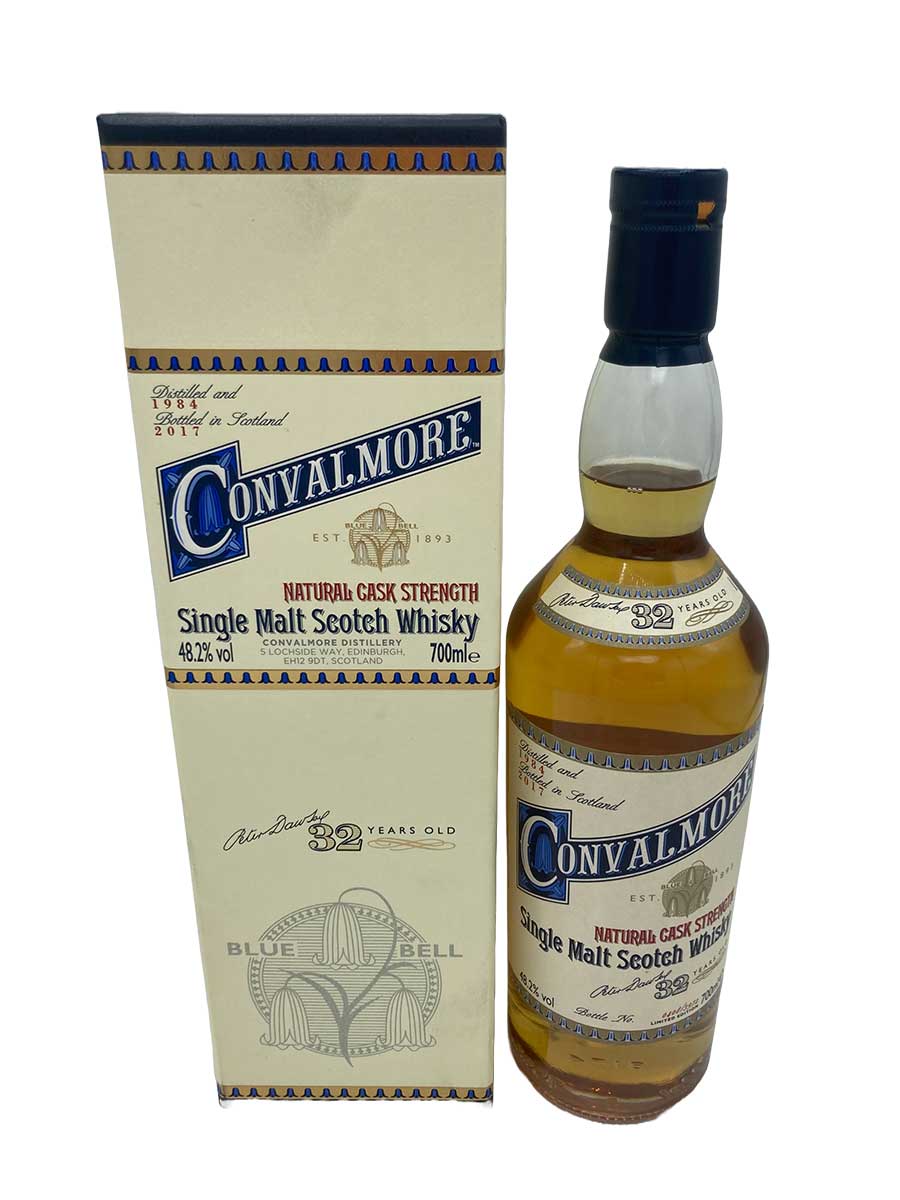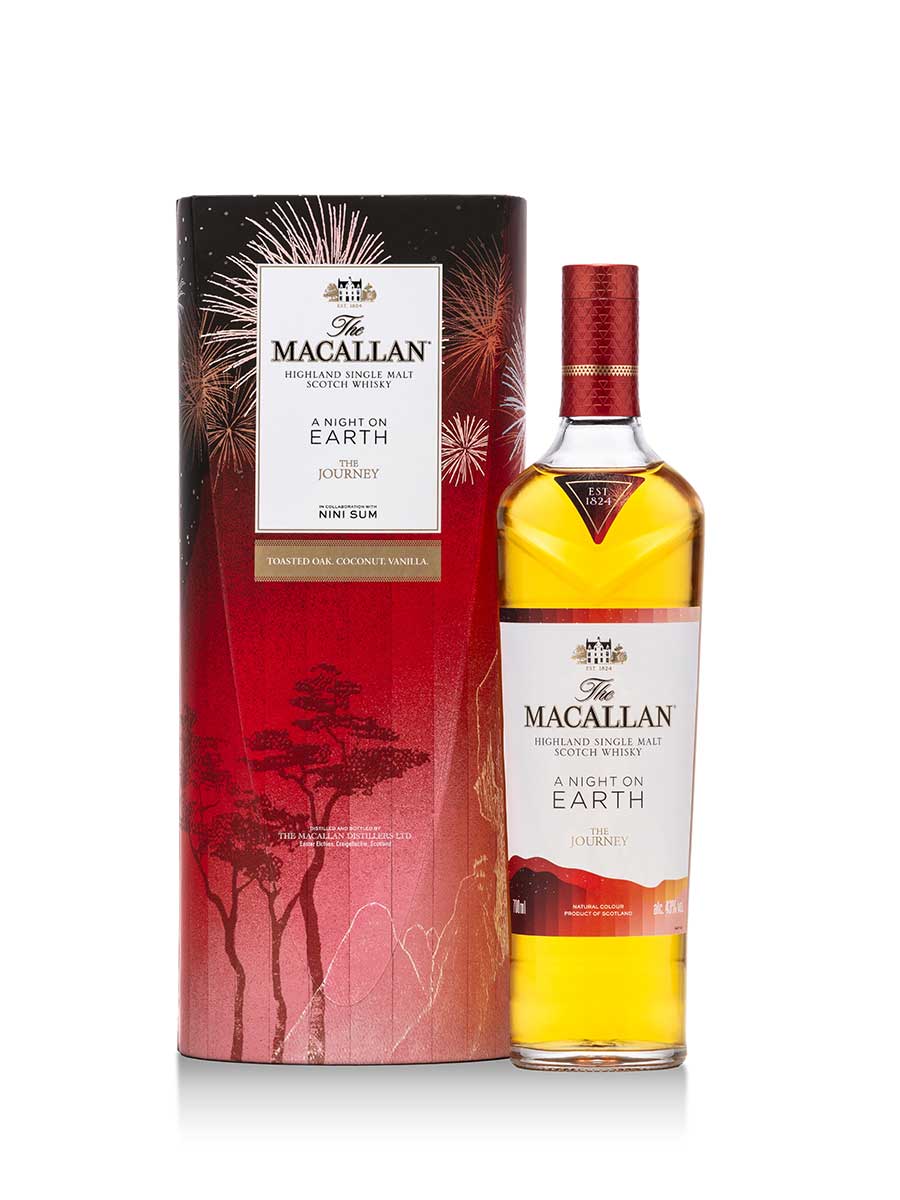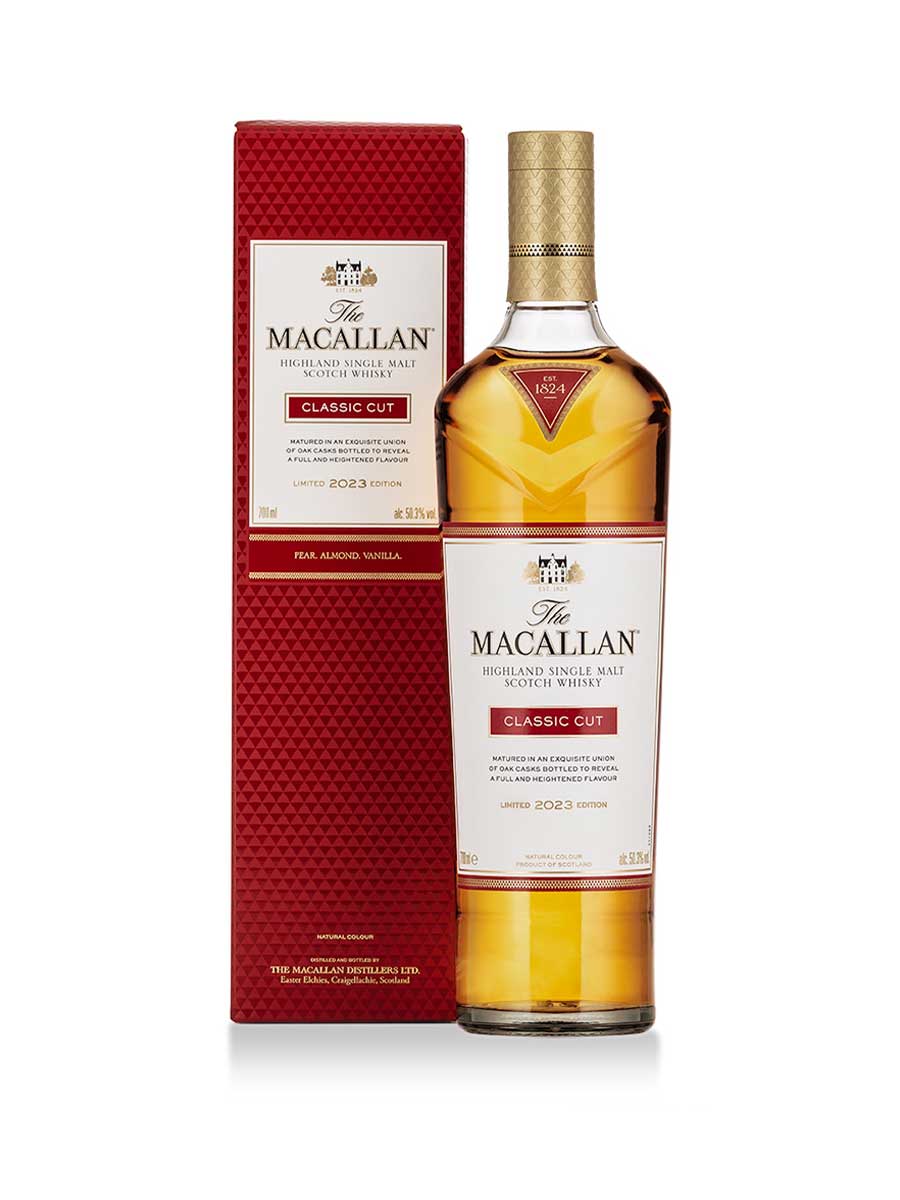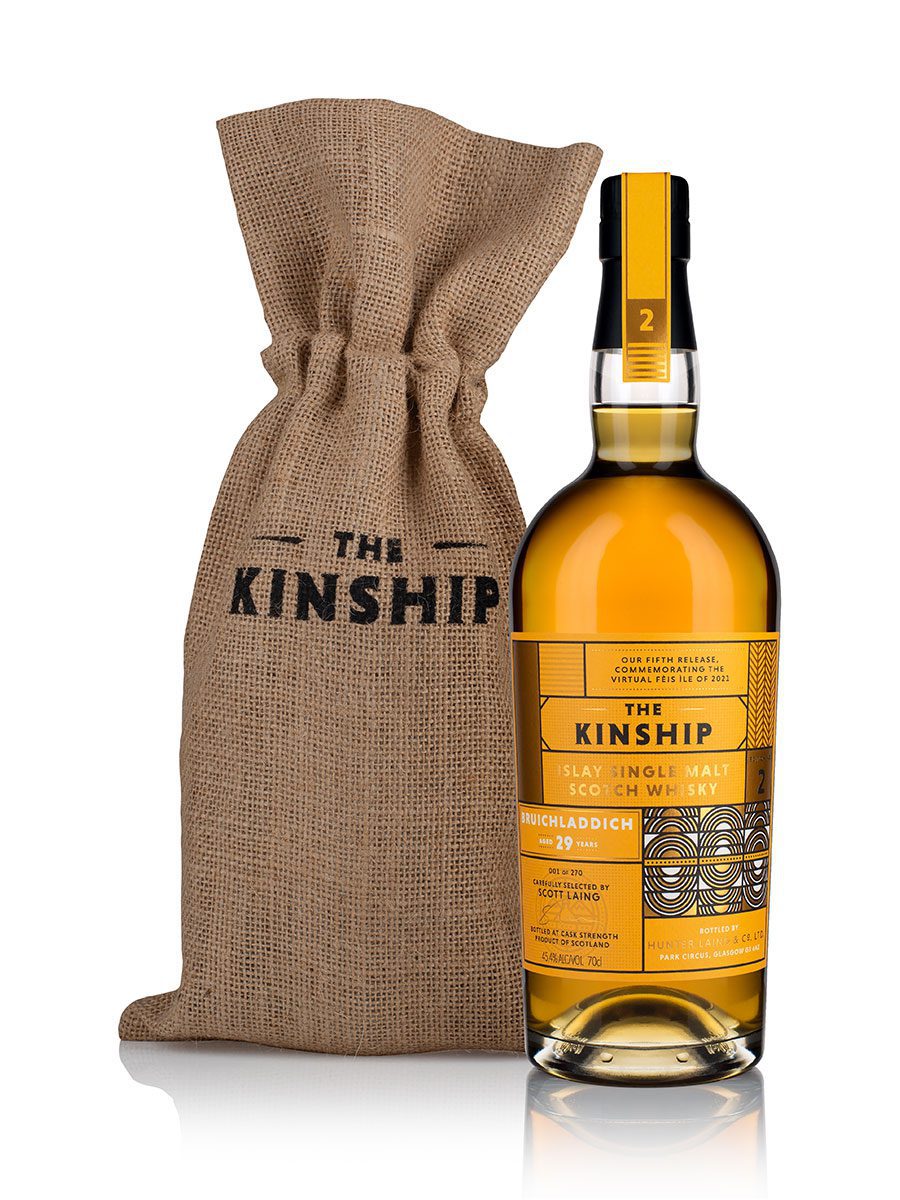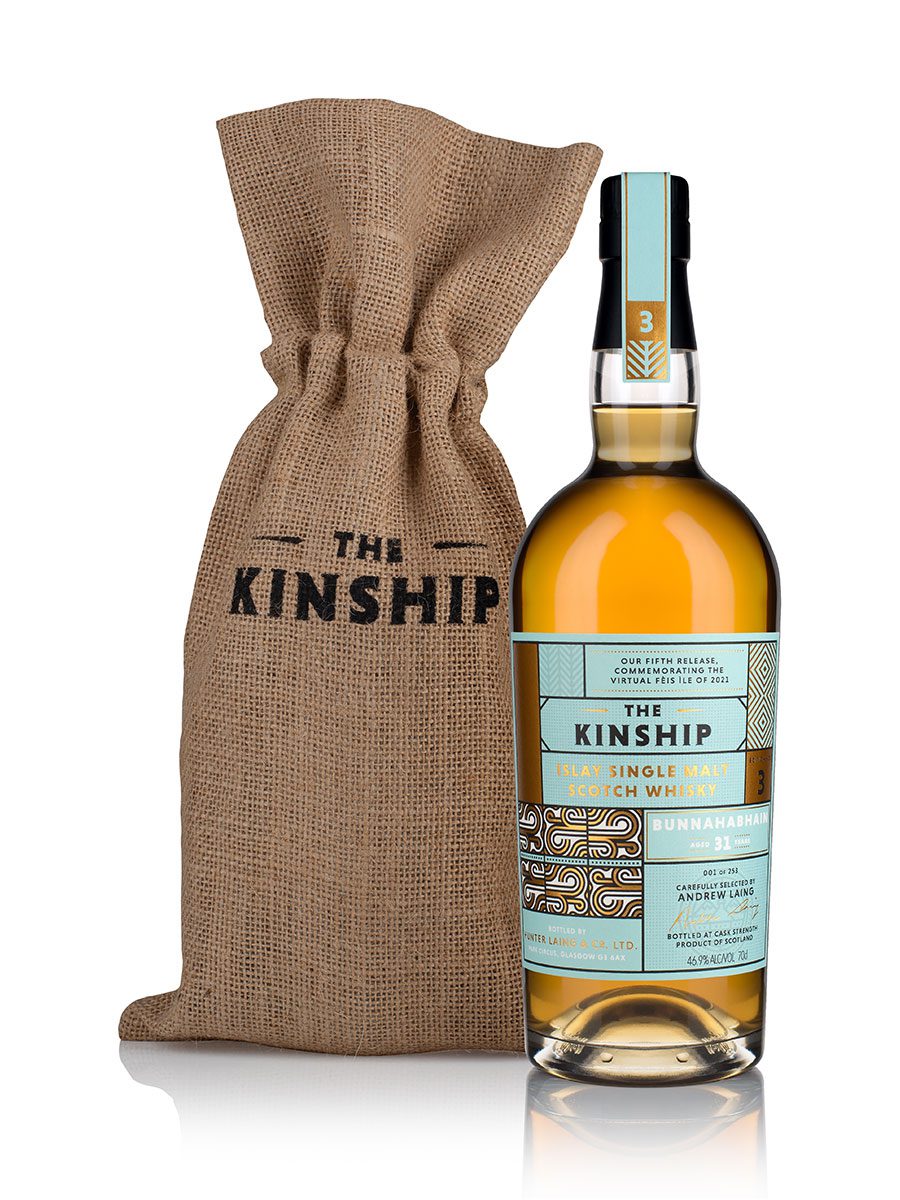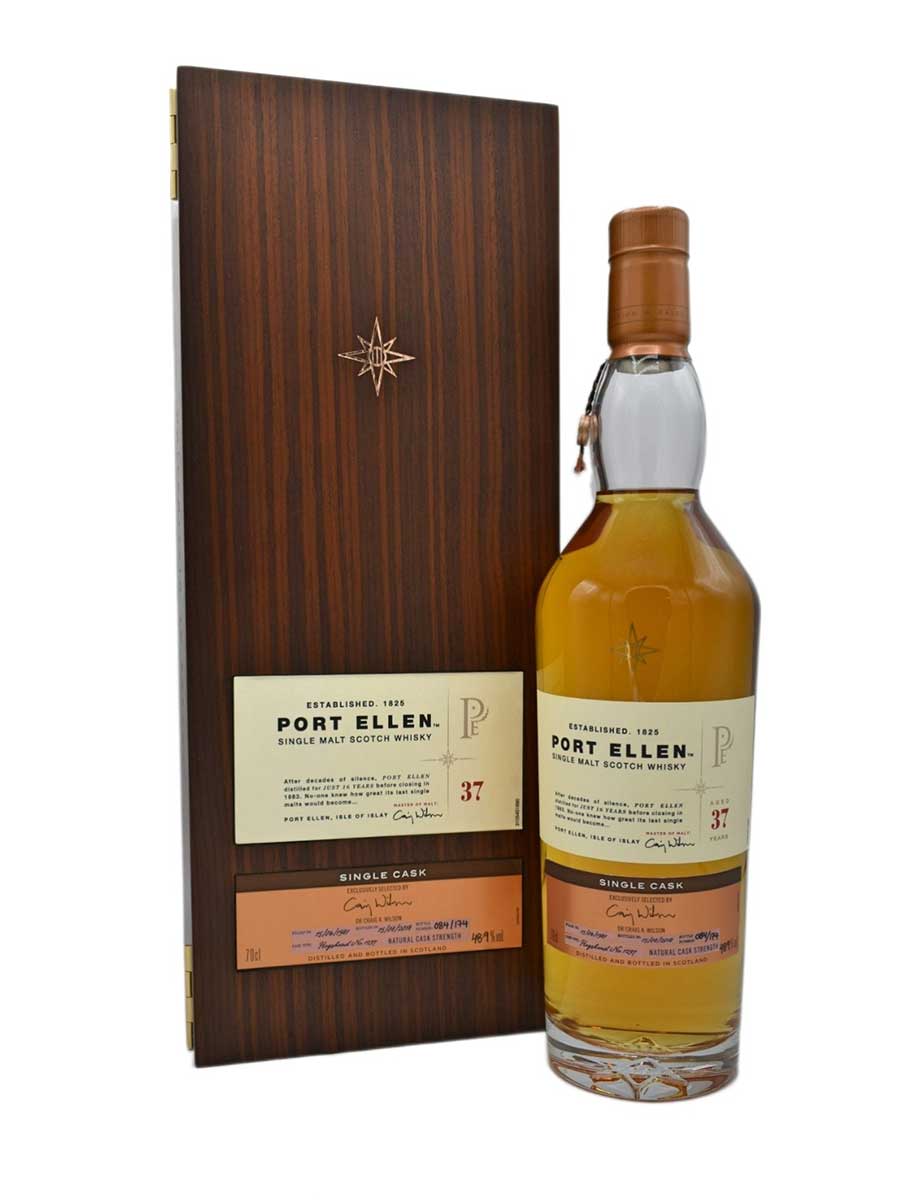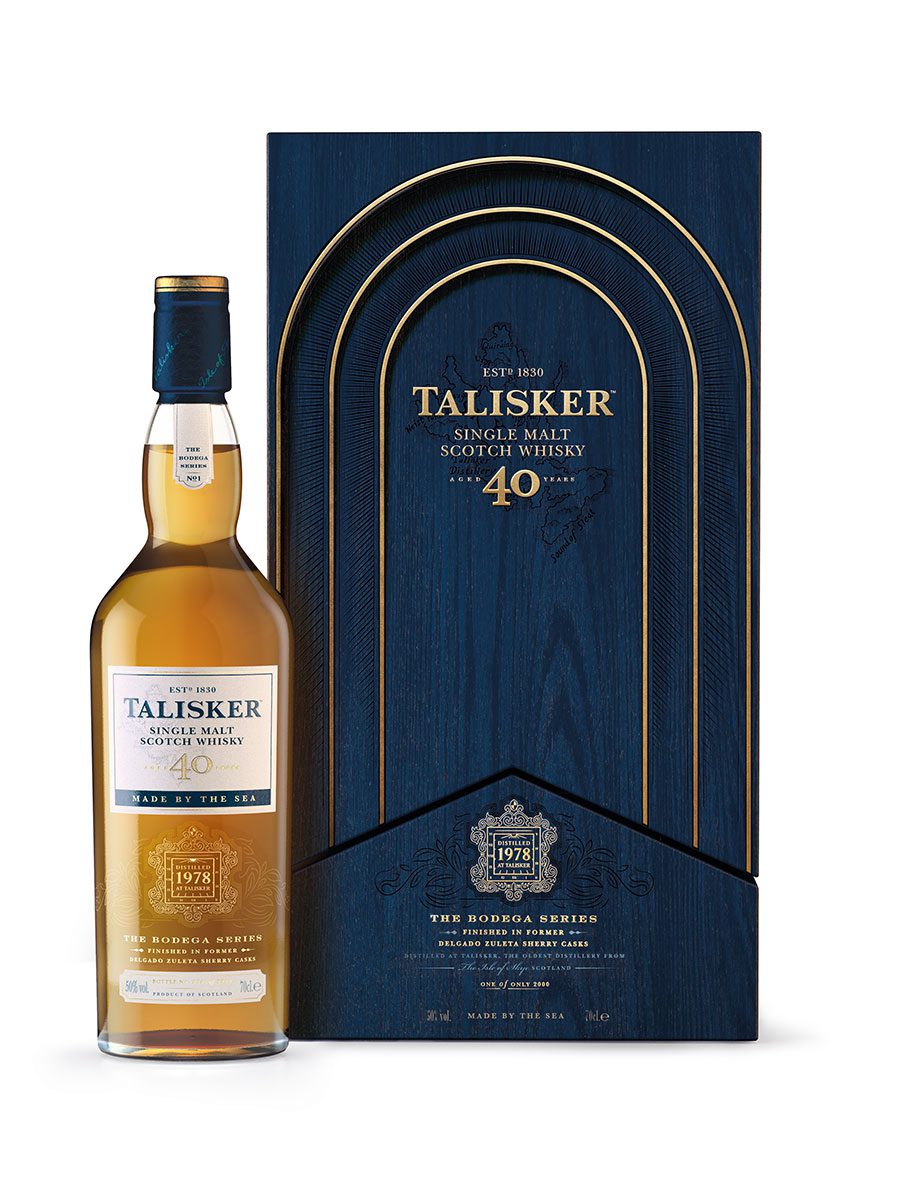Scottish Whisky
Scottish whisky has dominated the global whisky market for decades. It’s one of the most powerful Scottish brand categories and has helped put this Celtic nation on the map. Whisky fans in every country in the world hold Scottish distilling as the premier example of whisky making today. Its flavours, providence, history and branding have created an unstoppable Scottish whisky experience.
Whisky has been produced in Scotland since the 15th century and currently there are more than 134 active distilleries. The word whisky comes from the Gaelic words Uisge Beatha, which match the very similar Irish phrase Uisce Beatha. Both terms mean water of life, the word Usige meaning water, evolving over the centuries into the English language word Whisky.
Unlike in Ireland, the English word whisky is spelled without the letter E. This was a visual separator that emerged between the two great whisky traditions of Ireland and Scotland in the 20th century, even though their whisky journey has always been intertwined.

What makes Whisky Scotch
Scottish whisky is protected in legislation that is designed to ensure that its quality, production methods and local providence aren’t interfered with or diluted. There are strict rules in place to police the production methods and ingredients used and these rules are strictly enforced.
In order to classify whisky as Scotch it must be aged in oak for at least three years, although many of the most popular whiskies are much older than that. At time of writing, one of the oldest Scotch whiskies on the market is the Macallan Reach which is 81 years old. The spirit was laid down to mature in 1940.
In addition to maturing in oak, Scotch whisky can only be one of five types: single malt, single grain, blended malt, blended grain and blended Scotch. The minimum alcohol level in Scotch is 40% and the age statement on the label must reflect the youngest whisky in the bottle. All Scotch must be distilled and matured in Scotland.
There are six whisky regions in Scotland, each with their own flavour profile and personality. They are:

History of Scottish Whisky
It is believed that whisky was introduced to Scotland from Ireland, where the earliest record of whisky in the world is recorded in 1405. It was almost 100 years later before any recorded evidence of whisky emerged in Scotland. However, it flourished in this mountainous and coastal country and over centuries developed into the world-leading producer it is today.
Its story began on illicit stills on farmland and distilled by agricultural workers and others but quickly grew in popularity. As its value grew, the technology, ownership and license to distill moved into the hands of more affluent Scots. It became the drink of choice of royalty and the political classes and, over the centuries, the introduction of new technology and enhanced production methods ensured that Scotch industry became a global player.
At the end of the 19th century, the introduction of the so-called Coffey Still had a huge impact on the Scottish whisky market. This style of still was designed to improve and speed up the production process while reducing the cost of production. It involved moving from the then-dominant pot still method of whisky making to the new Coffey still. This allowed continuous production rather than the batch production of pot stills. Other whisky countries, such as Ireland, remained with the pot still and this held them back. Scotland raced ahead as a more efficient whisky producer and began to develop their identity and market difference.
Today Scottish distilling uses every type of still, including pot stills for their single malts, but the Coffey still or patent still remains a dominant part of the tradition.
Types of whisky made in Scotland

Single Malt Scotch
To be classified as a single malt a whisky must be made in a single distillery. Using 100% malted barley and be made in a pot still. Popular Scottish single malts include the Glenlivet 12, the Glendronach 15 and the Macallan 25.

Single Grain Scotch
Single grain whisky must be made in a single distillery and normally contains grain types that are not barley, such as wheat, corn or rye. Single grain whisky is produced in a column still. Popular single grain Scotch whiskies include Loch Lomond Single Grain and Haig Club Single Grain.
Scottish whisky flavor map
What are common flavors in Scotch Whisky?
The most common flavour linked to Scotch is peat. The Scottish industry is rightly famous for its heavily peated whiskies and the strong tobacco and leather flavours that come with them. However, each of the whisky regions in Scotland have their own flavour profiles and many of them do not use peat.
In Speyside, for example, the whiskies produced by the distilleries there have a much sweeter and smoother taste with sherry being a big contributor to the flavour profile. The Lowlands also have a gentler flavour profile with much sweeter and more floral notes. The Highlands produce more robust flavours but with less peat than those coming off Islay and the island distilleries have a broad range of distillery identities ranging from heavily peated to delicate floral and fruit forward whiskies.
Popular Whiskey Brands
Johnnie Walker, Ballantine’s and Grants are three large Scottish whisky producers who are consistently popular and produce bottles that are popular all over the world. They are just three of the huge number of distilleries that service a global market from Scotland. Brands at the high-end of whisky production include Macallan, Springbank and Dalmore. Scottish whisky is constantly increasing in value as the popularity of the drink expands.
What is the best Irish Scotch Whisky
It is almost impossible to say which whisky is the best, since this is entirely dictated by personal taste. However, we can talk about the bestselling whisky which can give an indicator of appeal. The five bestselling whiskies globally are Johnnie Walker, which sold 14.1million cases in 2021. Ballantine sold 7 million cases. Grants sold 3.6 million. William Lawson’s sold 3.3 million while Chivas Regal sold 3.2 million.
As blends dominate the whisky industry these figures are skewed in their favour. It is also interesting to see which Scotch Single Malts are bestselling. In recent years the bestselling Scotch single malts include Glenfiddich, Glenlivet, Macallan, Singleton and Glenmorangie.



